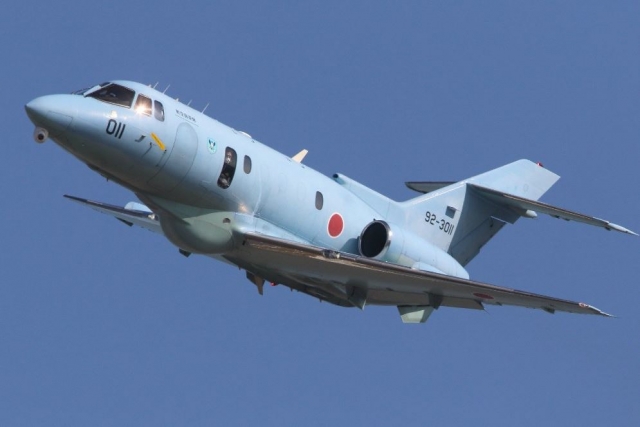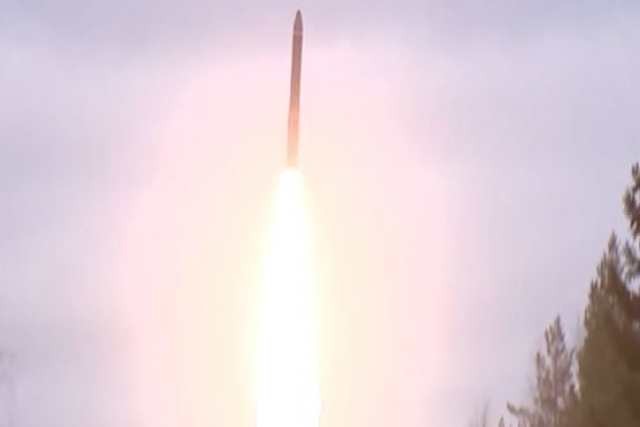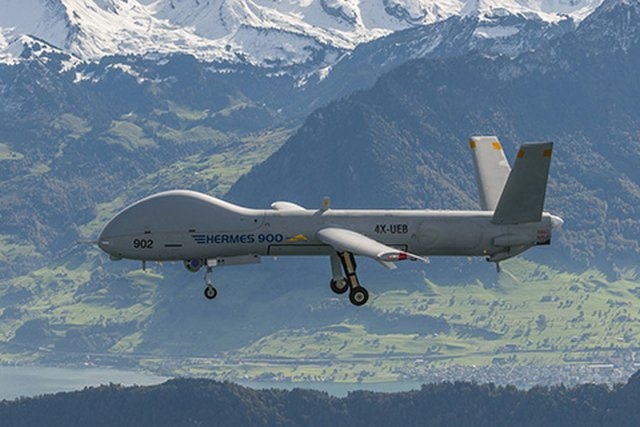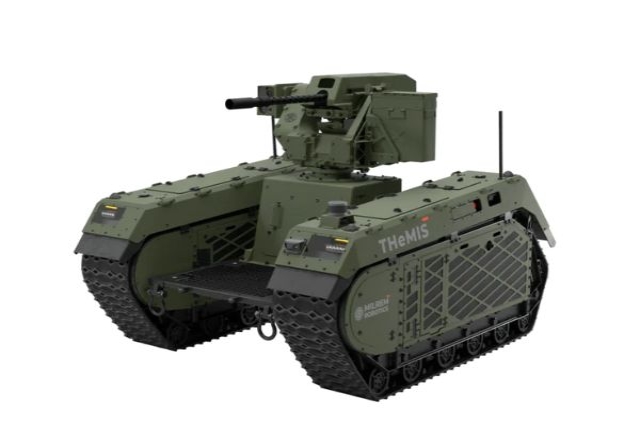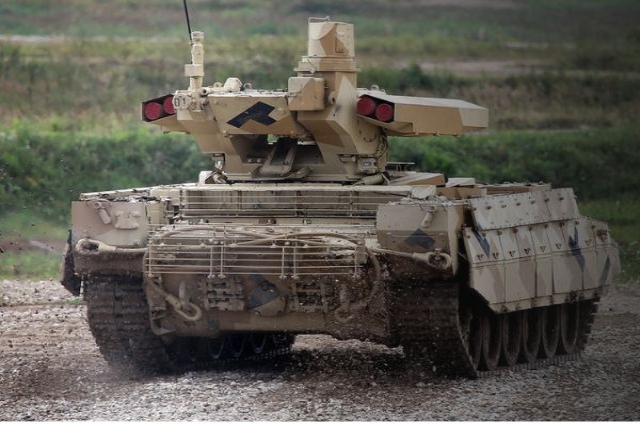Japan to Spend $326B on Defense Including 'Counterstrike Capability'
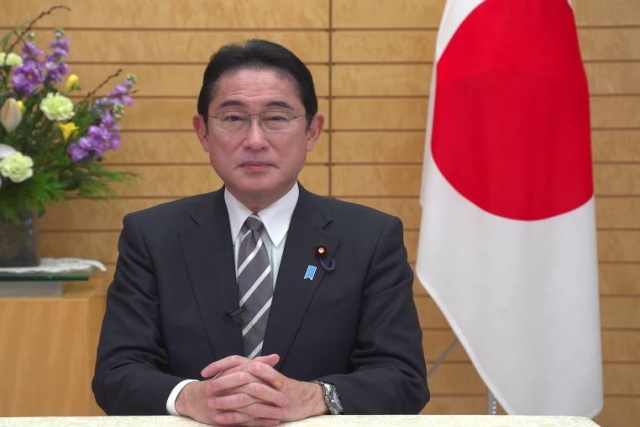
One of the highlights of the Japanese defense ministry’s budget worth billions of dollars is acquiring counterstrike capabilities, after having avoided it for several years due to its war-renouncing Constitution.
Prime Minister Fumio Kishida said 43 trillion yen ($326 billion) has been allotted to boost the military’s capabilities over the next five years from fiscal 2023, a major increase from the 27.5 trillion yen earmarked for the existing five-year plan from fiscal 2019.
The counterstrike capabilities will allow Japan to strike enemy territory directly in the event of an emergency. Tokyo had previously avoided possessing such capabilities, relying instead on the U.S. to be both "spear and shield." However, according to the new strategy, the capabilities would only be used within the scope of the Japan-U.S. alliance, reports Mainichi.
Kishida explained when announcing the new strategy that the counterstrike capabilities would be a deterrent to discourage a potential enemy from attacking. The documents say the capabilities will both "deter an armed attack itself" and "prevent further attacks" if the deterrence fails.
The turning point for Japan has been Chinese bellicosity, with its surging military expenditure, challenges to the status quo in the Indo-Pacific region and growing provocations against Taiwan; North Korea's rapid advances in missile technology and increased pace of ballistic missiles launches since last year; and the Russian invasion of Ukraine.
"The move comes as Japan aims to maintain the status quo against challengers. Counterstrike capabilities are vital as they are expected to become one of the critical components to enhance deterrence vis-a-vis China," Satoru Mori, an international security expert at Keio University, was quoted as saying by the report.
Mori added that Japan also needs to strengthen its integrated missile defense capability, cyber defense and the ability to counter disinformation to have a credible deterrence.
Japan is slated to develop homemade missiles with a range of more than 1,000 km and begin deploying them in fiscal 2026. Until it is able to mass-produce those missiles, it will buy U.S.-made Tomahawk missiles, which have a strike range of about 1,600 km.
“The capabilities are likely to make China and North Korea feel less confident of successfully achieving their goals through force against Japan as their ability to follow up on first strikes would be hampered,” said Sugio Takahashi, head of the Defense Policy Division at the National Institute for Defense Studies.
Security experts oppose the notion of attacking when potential adversaries are preparing to strike.
"Japan should use the capabilities after it is attacked as it would be able to intercept the first and possibly the second wave of ballistic missiles with the BMD," Takahashi said, referring to the Ballistic Missile Defense system that Japan has developed to defend against missiles attacks.
Takahashi said capabilities to target missile launch pads could be practical against North Korea, but, for China, it would be adequate to aim at air bases or vessels because its targets would be islands, whether Taiwan or the Senkaku Islands.
The Senkakus are a group of East China Sea islets controlled by Tokyo but claimed by Beijing.
Mori said the counterstrike capabilities should reduce China's confidence in achieving its primary goal of seizing Taiwan by force.
